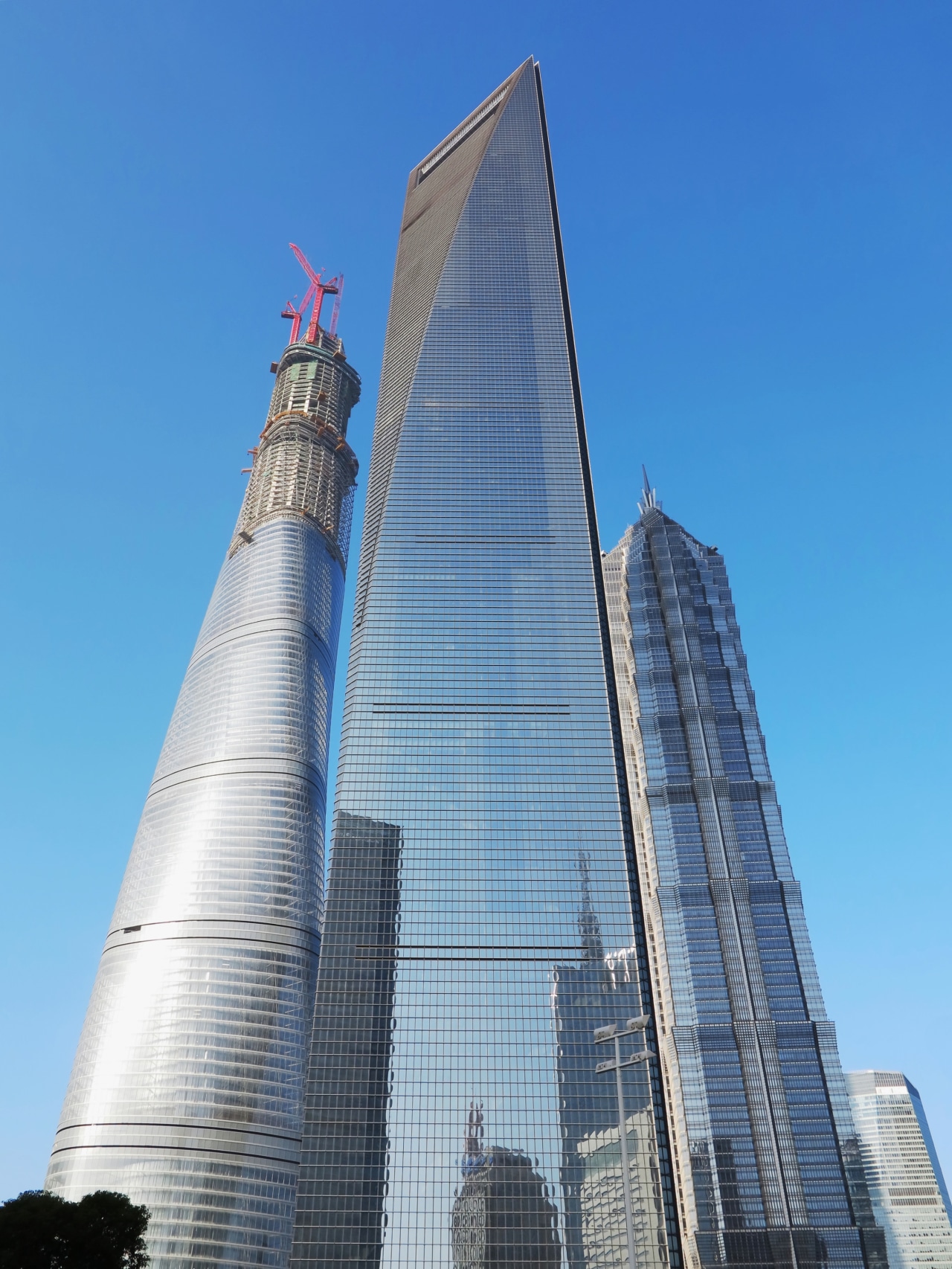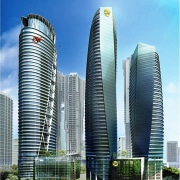Asia performs well
Asian office property markets were fairly resilient during the GFC, with most markets rebounding within a short period Leslie Chua, executive director Asia, IPD
With the onset of the global financial crisis (GFC) in late 2007, financial markets were faced with an unprecedented shock. While the crisis had its roots in the US mortgage market, the flow-on effects through the rest of the financial system were substantial, and commercial property was not exempt.
Commercial property was impacted on two fronts. Within capital markets, at the onset of the crisis in 2008 and 2009, liquidity dried up, borrowing costs skyrocketed, and many investors were forced to deleverage. At the same time, the underlying tenant demand for commercial property was hit as businesses and consumers tightened their belts. The combined effect was a sharp fall in the value of many commercial property assets. Income returns offered some protection, but in many cases the fall in capital values was large enough to push total returns into the red.
After 2009, the dynamic shifted as the initial effects of the crisis wore off and liquidity started to return to the market. In response to the financial crisis, policy makers globally cut interest rates and encouraged liquidity with schemes such as the Troubled Asset Relief Program (TARP) and Quantitative Easing, while at the same time cutting interest rates to historically low levels in an effort to spur growth.
The resulting excess liquidity and low interest rate environment has seen investors become increasingly focused on income yield, a fact which has benefited Asian office markets. From 2010, the relatively attractive yields on offer for Asian office property, together with relatively stronger underlying economic growth, have caused an inflow of international capital, which has helped support returns. Since 2010, this capital inflow has been the primary driver of office property returns with yields firming over most markets.
The impact of the crisis was most pronounced in the office markets of North America and Europe where a long run-up in commercial property values had encouraged borrowing and speculation. Asian markets were shielded to some degree by more resilient domestic demand, lower borrowing, less institutionalised commercial property markets and less speculative development. Figure 1 below demonstrates how the office property investment market cycle in Asia differed from that in the United States and the United Kingdom.

In both the American and Asian markets, returns fell from 2007 and bottomed out in 2009. However, whereas returns in the United States fell sharply for two years before recovering, returns in Asia softened in 2008 and were only marginally negative in 2009. The UK downturn was also quite pronounced but it preceded the other two markets by about a year.
Within Asia, the experience was different across national markets. In Korea and Taiwan, total returns were never negative. Returns in Korea fell sharply from almost 27% in 2007 to just over 5% in 2008, but stabilised in subsequent years. Taiwan's returns fell in 2009, but bounced back strongly in 2011 to double their pre-crisis level. These markets benefited from close links to the Chinese economy and strong domestic growth. Both these factors kept the underlying demand for office space high, which in turn supported returns.
In the remaining markets, returns did dip into negative territory at some point following the collapse. Hong Kong was somewhat exceptional in that a trough was reached in 2008, but a sharp rebound has seen returns outpace almost all other Asian economies in the ensuing years. Like Korea and Taiwan, Hong Kong's close ties to mainland China helped drive stronger domestic growth, which again supported office returns.
Unlike Hong Kong, returns in the remaining Asian markets bottomed out in 2009, or 2010. The return profile of the Australian, New Zealand and Singapore markets followed a similar trend during the crisis, while Japan suffered the largest falls of any Asian market, and also posted the weakest recovery. These markets were generally more exposed to western capital markets and thus were more vulnerable to the downturn. In Japan's case, an aging population has been a long-standing problem that drags its economic growth.
Figure 2 examines the relationship between property returns and the macroeconomy and how this varies across regional markets. Over the period 2006 to 2012, office markets in Asia generally outperformed the local economy, but those markets with the strongest underlying domestic growth witnessed the best performance.

Overall, Asian office property markets were fairly resilient during the financial crisis. Returns in most markets were impacted, but not to the same extent as markets in North America and Europe. Where returns in Asian office markets did enter negative territory, the contraction generally lasted less than a year, with most markets rebounding to some extent due to an inflow of capital seeking the high returns on offer from Asian office property.
The data used in this article comes from IPD's Pan-Asia Return Indicator (PARI), which contains data for more than 4000 assets in nine countries worth over US$270 billion. These assets cover a broad range of commercial property types from 2006 to present.
For more information, visit www.ipd.com
Story by: Trendsideas
Home kitchen bathroom commercial design
Classic looks, contemporary efficiency
Personality plus
Diving into nature
Commercial Design Trends Vol. 30/6
Commercial Design Trends is aimed at our professional readers, and showcases commercial buildings. The book features reg...
Read More









